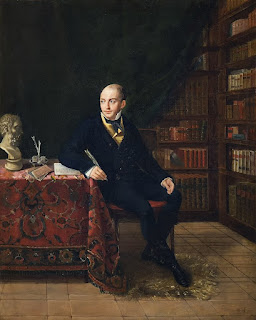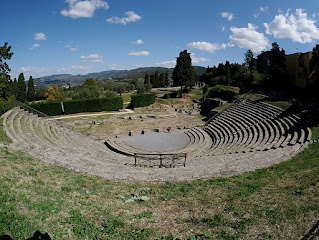Maria De Filippi - television presenter
One of the most popular faces on Italian TV
The television presenter Maria De Filippi, who has hosted numerous talk and talent shows in a career spanning almost 30 years, was born on this day in 1961 in Milan. De Filippi is best known as the presenter of the long-running talent show Amici de Maria De Filippi, which launched in 2001. The show’s predecessor, called simply Amici, was hosted by De Filippi from 1993 onwards. One of the most popular faces on Italian television, De Filippi has been married since 1995 to the veteran talk show host and journalist Maurizio Costanzo, now in his 80s. The daughter of a drugs company representative and a Greek teacher, De Filippi was born in Milan before moving at age 10 to Mornico Losana, a village in the province of Pavia, where her parents owned a vineyard. A graduate in law, she had ambitions of a career as a magistrate but in 1989, while she was working in the legal department of a video cassette company, she had a chance meeting with Costanzo at a conference in Venice to discuss ways of combating musical piracy. Costanzo soon invited her to move to Rome to work for his communication and image company. Read more…
_________________________________________
Francesco Gemianini - composer and violinist
Tuscan played alongside Handel in court of George I
The violinist, composer and music theorist Francesco Saverio Geminiani, who worked alongside George Frideric Handel in the English royal court in the early 18th century and became closely associated with the music of the Italian Baroque composer Arcangelo Corelli, was baptised on this day in 1687 in Lucca, Tuscany. Although he composed many works and at his peak was renowned as a virtuoso violinist, he is regarded as a significant figure in the history of music more for his writings, in particular his 1751 treatise Art of Playing on the Violin, which explained the 18th-century Italian method of violin playing and is still acknowledged as an invaluable source for the study of performance practice in the late Baroque period. Geminiani himself was taught to play the violin by his father, and after showing considerable talent at an early age he went to study the violin under Carlo Ambrogio Lonati in Milan, later moving to Rome to be tutored by the aforementioned Corelli. Returning to Lucca, he played the violin in the orchestra at the Cappella Palatina for three years, after which he moved to Naples to take up a position as Leader of the Opera Orchestra and concertmaster. Read more…
________________________________________
Armando Diaz - First World War general
Neapolitan commander led decisive victory over Austria
Armando Diaz, the general who masterminded Italy's victory over Austrian forces at the Battle of Vittorio Veneto in 1918, was born on this day in 1861 in Naples. The battle, which ended the First World War on the Italian front, also precipitated the collapse of the Austro-Hungarian Empire, ending more than 200 years of Austrian control of substantial parts of Italy. The general's announcement of the total defeat of the Austrian Army at Vittorio Veneto sparked one of the greatest moments of celebration in the history of Italy, with some Italians seeing it as the final culmination of the Risorgimento movement and the unification of Italy. Diaz was born to a Neapolitan father of Spanish heritage and an Italian mother. He decided to pursue his ambitions of a military career despite the preference for soldiers of Piedmontese background in the newly-formed Royal Italian Army. After attending military colleges in Naples and Turin, Diaz served with distinction in the Italo-Turkish War. Read more…
________________________________________
Pope Julius II
Patron of the arts who commissioned Michelangelo's greatest works
Giuliano della Rovere, who was to become Pope Julius II, was born on this day in 1443 at Albisola near Genoa. He is remembered for granting a dispensation to Henry VIII of England to allow him to marry Catherine of Aragon, the widow of his older brother, Arthur, and for commissioning Michelangelo to paint the ceiling of the Sistine Chapel in the Vatican. Giuliano was born into an ecclesiastical family. His uncle, Franceso della Rovere, later became Pope Sixtus IV and it was the future pope Francesco who arranged for his nephew to be educated at a Franciscan friary in Perugia. Giuliano became a bishop in 1471 and then a cardinal before being himself elected Pope in 1503. Giuliano was Pope for nine years until he died of fever in 1513. When Henry VIII later asked for his marriage to Catherine of Aragon to be annulled so that he could marry Anne Boleyn, he claimed that Pope Julius II should never have issued the dispensation to allow him to marry his sister in law. But the Pope at the time, Clement VII, refused to annul the marriage so Henry VIII divorced the Catholic Church instead, leading to the English Reformation. Read more…
.jpg)
_Italian_violinist,_composer,_music_theorist.jpg)
.jpg)

.jpg)

.jpg)
.jpg)




.jpg)
.jpg)

.jpg)


